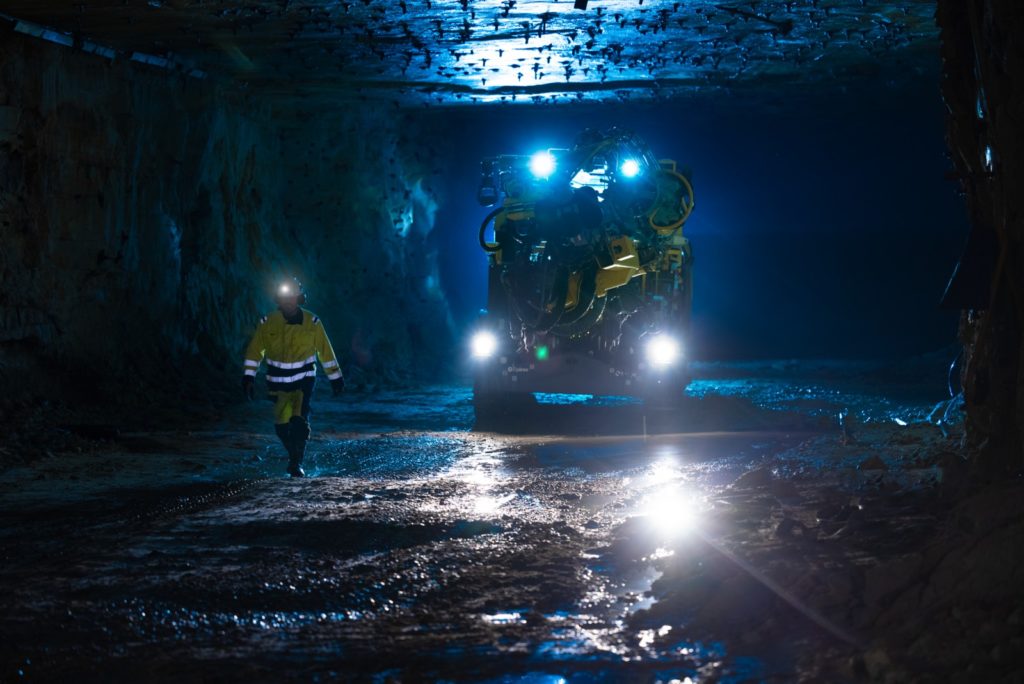Mining companies cite a few different reasons for focusing on adopting battery electric vehicles (BEVs) within their operations, including corporate carbon reduction goals or enabling very deep mines. Whatever their reason, the Global Mining Guidelines Group (GMG) says its Recommended Practices for Battery Electric Vehicles in Underground Mining – Version 3 is the playbook that can help them reach their goals because it shares lessons learned and tried and true practices found throughout the industry.
This guideline intends to provide guidance and an overall discussion about the benefits, drawbacks, and planning requirements for designing and implementing a BEV fleet within an existing or new mine. It aims to strike an appropriate balance between standardisation and innovation by providing key considerations, questions to ask, and guidance on where to look for further information.
Maarten van Koppen, Product Manager at MacLean Engineering and one of the project leaders, explains: “The third revision of the BEV guidelines provides an updated, comprehensive overview of BEV application in underground mining. I believe this is a very useful resource for mining engineers or any other mining professional who is tasked to consider ‘going electric’ for their operation or project. MacLean is proud to contribute to this industry initiative, as we see electric underground mining equipment as the key to healthier and safer workplaces, reduced environmental footprints, and ultimately better value to the customer.”
Cailli Knievel, Manager, Mine Planning at AngloGold Ashanti Australia and participant in the guideline peer review, is one of these users who has found the guideline a helpful reference as her company embarks on their decarbonisation journey. “As a non-expert on the subject, I found the guideline an excellent reference,” she says, “The information on charging options and the other detailed design considerations were incredibly helpful.”
Version three features several expansions and additions to the content, including:
- New and expanded content on safety, risk, and emergency response, particularly related to battery fires and thermal runaway.
- New and expanded content on maintenance, including maintenance area design, charging system and maintenance, and equipment maintenance and service area design.
- Expanded content on developing the business case.
- New sections on automated connection interfaces.
Improved navigability and structure are also key features of this version, something Knievel appreciated in her review: “The layout of the guideline was also a bonus – I was able to skim the main points in the table layout ahead of a short-notice meeting, prior to reading the document in more depth when I had more time.”
Anders Lindkvist, Technology Innovation Development Manager at Epiroc and member of the Project’s Steering Committee, suggests: “The BEV guideline is a very good schoolbook in implementing battery-powered machines in underground mining. I recommend everyone within Epiroc who starts working with BEV read the guideline. It gives good basic technical knowledge and a customer/user perspective of the topic.”
The third version amplifies the commitment from the mining industry to reduce the environmental impact, enhance work safety, and adopt new technologies to propel the industry forward.
“Siemens commends the industry for its commitment to implementing Version 3 BEV guidelines as a positive step towards carbon neutrality,” says Thiago Amaral, Enterprise Sales Executive – Siemens Digital Industries Software, Siemens Canada and member of the Project’s Steering Committee. “New technologies, supported by strong leadership practices represent the path forward to reducing the industry’s environmental footprint while improving the health and safety of mining workers.”
“The first two versions of this guideline have truly left a mark on the industry. We have heard from users and participants that they feel it has been instrumental in pushing the development of underground battery electric vehicles forward,” says Heather Ednie, CEO of GMG. “Thanks to our dedicated volunteers for ensuring that this guideline continues to be a valuable tool for the industry as adoption grows and technology evolves.”
GMG asys it welcomes all industry stakeholders to share their feedback on how they are using the guideline and recommendations for improvements in future iterations.











